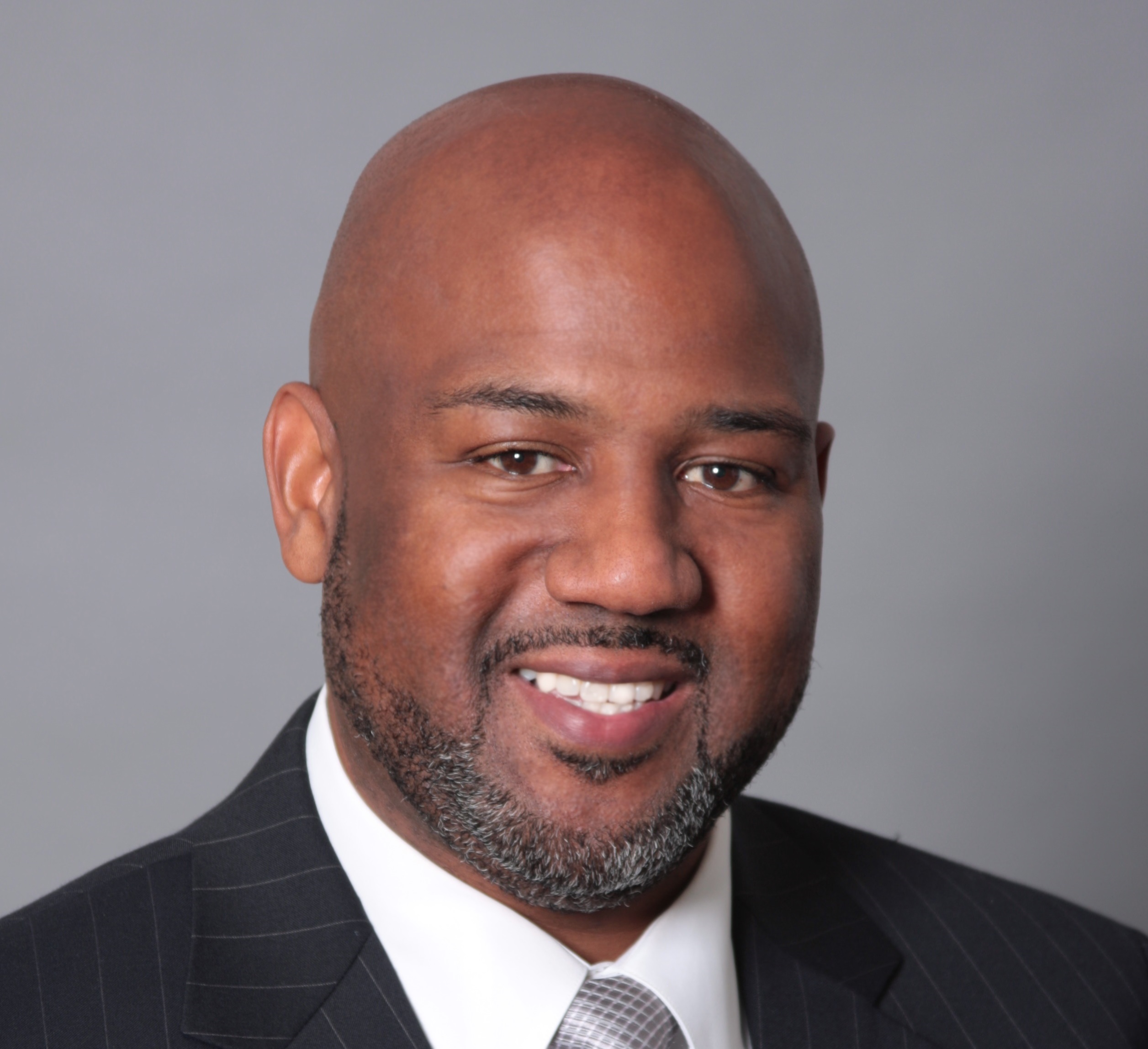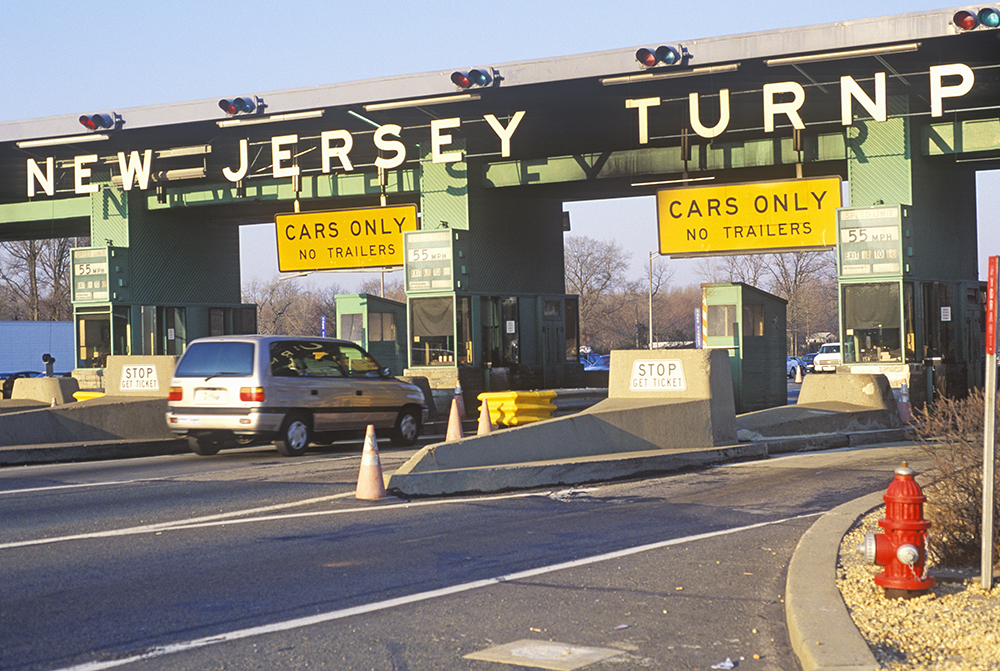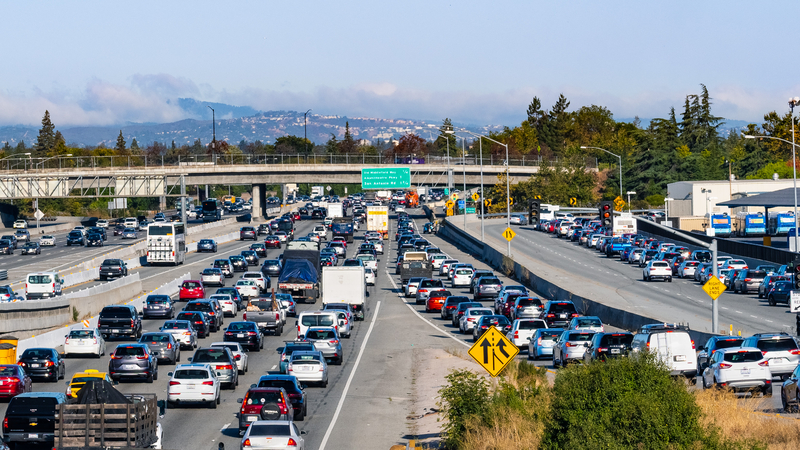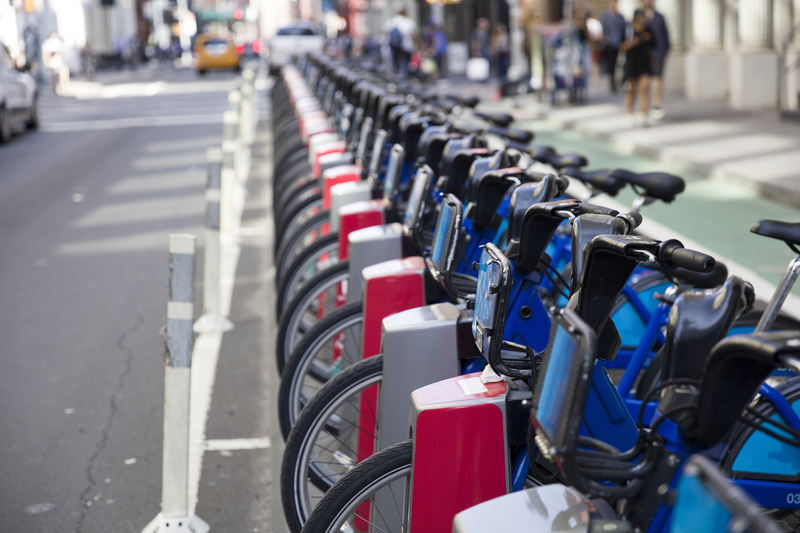
There is probably not much space on Chris Tomlinson’s business card. He is executive director of the US state of Georgia's mobility authorities, which comprise three entities: the State Road and Tollway Authority; Atlanta-Region Transit Link Authority, which looks after regional transit planning; and the Georgia Regional Transportation Authority.
Tomlinson laughs: “Honestly, it's three state-level authorities that are focused on different aspects of mobility. ‘Mobility’ falls into one of two buckets: it is either strategies and operations for dealing with urban congestion; or strategies and funding to help finance some of these ideas. Everything we do really falls into that.”
At present in Georgia there is a focus on a series of Express Lanes as another mobility option to deal with congestion in metro Atlanta. “It's not just limited to tolls, we also run an infrastructure bank,” he explains. “But everything we do is focused on mobility or transportation financing.”
In transit, Tomlinson is looking at regional solutions that cross various jurisdictions. “The last time we checked, more people work outside the county that they live in,” he says. “We operate at the state rather than the local level; traffic and transportation doesn't respect those type of boundaries.”
Multimodal transport
A former IBTTA president, Tomlinson is unusual in having oversight of – and responsibility for – residents’ motoring and transit options. He smiles: “Yes, unfortunately this is unusual!” But it also has big advantages, he acknowledges. “Our agency sits at this intersection of all of them - and quite frankly I'm the head of three because traditionally you can have a board that looked at tolling or one that looked at planning. So hopefully we're trying to solve it with a staff that works across all of them.”
It is clear he relishes the sheer breadth of his work. “We are one of the few agencies that is multimodal in its approach and thinking, but also mode-agnostic,” he explains. “So, there are transit agencies that are focused just on transit as a solution, and they think it should replace the automobile. That's not us - we don't think it's going to happen and we want to understand how these can be harmonious.”
Although Georgia DoT may be primarily focused on roads and bridges, Tomlinson insists: “They're very open to transit and they want to make sure they don't do things that preclude transit.”
Thus the conversation between agencies is a positive one about seeing what can be done to look at different modes. Tomlinson characterises this as: “We're doing a road project that we're spending millions of dollars on - have we included transit? Are there things we need to do to optimise it?”
“We want from the inception to think about whether this project is multimodal because we find that, especially if you're in the urban areas, it had better be,” he continues.
“You're not going to build your way out of congestion; transit by itself isn't going to solve it because cars are not going away. And oh, by the way, don't just focus on moving people, because with our new culture of micro-deliveries, you better account for freight and logistics, because they're taking up capacity as well.”
Demand management
Tolling is increasingly used as a tool for demand management. “We're trying to set toll prices to help manage this scarce resource: space on the roadway,” he says. “We're using it to try to incentivise certain behaviour.”
“So it's pretty interesting when you think of it that way - that this whole concept of congestion based or dynamic pricing is actually a grand social experiment, to try to get people to actively think about the value of their time and whether it's worth paying these amounts or not.”
The concept of tolls as a user fee is also interesting, he says, relieving the financial burden on citizens who choose not to use the service. “Actually I think that's a much more acceptable approach than general taxation,” he says. “We're always trying to find ways to either make projects come closer to that goal of being self-sustaining, or at least reduce the cost, so tolls are picking up a significant portion - if not the majority - of the cost.”
Given the constant scrutiny of the use of tax dollars, transportation authorities are always looking at new ways to achieve efficiencies and cost savings: technology is one obvious way of doing this.
“The advent of electronic toll collection in the early 1990s made a huge difference in long-term costs,” Tomlinson recalls. “I distinctly remember when we had toll booths on Georgia 400 we were paying $18,000 per month to Brinks to bring change for when people paid our 50 cent toll with dollar bills, as well as to collect up these heavy vaults and be responsible for the counting. Cash is a very expensive business!”
ETC is more efficient and more secure. “Technology allowed us to get rid of gates, and just replace them with cameras to allow for free-flow which made the roadways operate better and more efficiently for the customers.”
This picture is ever-changing: “The long-term shift I believe that is coming is technology that may be GPS-based - maybe it will be satellite-based - that will significantly lower the capital building cost.”
As well as allowing authorities to dispense with overhead gantry structures and equipment, technology could help pull more services together into a convenient package for users.
Pre-paid transportation
“In the long term, technology is going to allow us to better interconnect not only all the toll roads together for those who choose to travel far and wide by car, but to also allow people to more broadly use pre-paid toll accounts, which could evolve into pre-paid transportation accounts, which goes back to being multimodal. If I have a digital wallet for paying tolls, why can't I opt into using that to pay for transit or to pay for parking?”
Data and privacy are clear issues here, but Tomlinson says: “If customers choose to allow us to share and leverage certain data, we may be able to create and customize new solutions based on their travel habits that may save them money or time.”
In order to do this, the transportation industry is going to have to embrace some concepts which are out of its comfort zone.
“One of the things that we need to get better at as an industry is our ability to manage data, to mine data to get this information,” he suggests. “It's not only using the data, but making sure that we've taken all the steps to secure that data and respect customers’ privacy. So, this is a mindset shift that's going to change the type of people that we're employing; it’s a very different skillset - from understanding the technology that captures a car travelling at 100mph, to understanding all the nuances of personally-identifiable information and protecting that.”
“And honestly, there's still probably some education or viewpoints that need to change to understand why these highly-skilled, and therefore highly-compensated, people are also necessary in this industry.”
Data and MaaS
This confluence of data and travel is at the heart of Mobility as a Service, which Georgia sees as a key part of the mix going forward. “I'm actually surprised at the slow pace of adoption of the concept of MaaS, but I am undeterred!” Tomlinson says. “We just haven't unlocked the magic formula yet.”
It’s only a matter of time, he thinks. “Everyone is already addicted to smartphones. The secret somehow lies in tying the work that we do to more seamlessly integrating it with the phones - so just like I said, we need to look at skillsets. We need to look at a broader expansion of our partners. We're doing some neat and innovative things with mobile apps, but I believe that government agencies are not purpose-built to be really good at app development.”
That said, Georgia is working on its own app, ATL Rides, which will allow transit journey planning across different operators. “But it's a means to an end,” Tomlinson insists. “We will have this app, it'll be a good demonstration and we're going to make sure it works well. But the goldmine is what's under the hood, what it's taking to pull all these different feeds of data from different operators.”
He is confident that it can be safely and securely presented to the private sector, allowing them to develop it further. “They're going to do a better job of keeping up with the operating systems,” he points out. “So that's the switch we have to make, that's going to be the key to MaaS. There’s a lot of focus on the payment side – but honestly, the transportation data that they need to get from public transport systems isn't up to par the way it should be; we have to be in the business of providing standardised data in real time or near-real time.”
Get that right, and MaaS will ‘explode’ in popularity, he predicts. Yet all of this will require reaching out across a range of different stakeholders, with different interests, in both the public and private sectors – so does Tomlinson have any golden rules for successful collaborations?
“In this space, my golden rule is standardised - and, ideally, open - data standards. If you're not starting with a common platform, you're going to find yourself in partnerships with probably some very good companies - but you're going to find yourself in marriages without the possibility of divorce! And that runs counter to us, dealing with public dollars: we want to be able to give broad opportunities. We’re moving away from proprietary data and systems.”
“Outside of that, the other golden rule is ‘have an open mind’. We need to be sitting down with the financial services industries. And honestly, we need to do a little bit more of telling them what we have to offer, instead of only going out and telling them what we want. We have a tendency to try to over-prescribe what we think is the right solution instead of being much more open-minded for innovation. We have to have the discipline to collaborate.”
Vehicle electrification
In recent years, the ITS industry has become much more aware of the dangers posed by climate change and the importance of sustainability in transport operations is coming to the fore in a big way. At state level, there is a lot going on, Tomlinson says.
“Sustainability is something that we need to focus more on, and if we did I think we’d see that we have some good examples in our industry. We've always been affected, at least in the US, by our environmental clearance processes. I'm happy to say I'm seeing the shift from what is the minimum that we're required to do to get the clearances, to what's going to make sense long-term. People are exploring solar, and exploring ways to be cleaner with what they're doing. That's good but I think we have a long way to go: we need to start tapping into understanding what our clients and customers care about. That will have positive effects for the environment, and it's going to give us some new ways to market what we're doing.”
In Georgia, there is a move towards making long-term plans for the electrification of the transit fleet.
“And as our diesel-engined vehicles come out of service, how do we replace them with cleaner propulsion vehicles? Road building can literally be a dirty business and our DoT is focused on looking at sustainable technologies - everything from generating power with embedded solar in the roadways to just cleaner ways of constructing, and I think we'll start seeing more and more of that.”
But it is not just about the physical, he thinks: “There's this extra niche of tapping into what customers are interested in. For example, what if you were to offer customers the ability to round up their tolls, knowing that this money may go to some type of sustainable effort? I think we'd be surprised how many people would opt in to do that.”
Tomlinson considers himself fortunate to work in an area of transportation which takes a global perspective since there is also a lot to learn from the tolling, transit and technology industries in other countries, he says.
Privacy and sustainability are key areas for the future. But in addition, he concludes: “Some of the most advanced transit deployments are outside the US because they have a bigger embrace of public transport systems. And when you figure out how to do tolling in some countries that don't have some of the same infrastructure as here - and you can do it well and accurately - those are huge lessons learned to be brought back into the US.”
Registration for IBTTA’s Annual Meeting is open on 1 August
The meeting takes place in Anaheim, CA, on 10-12 October 2021












